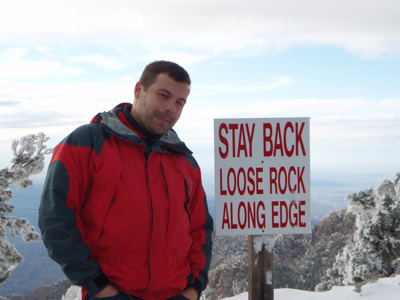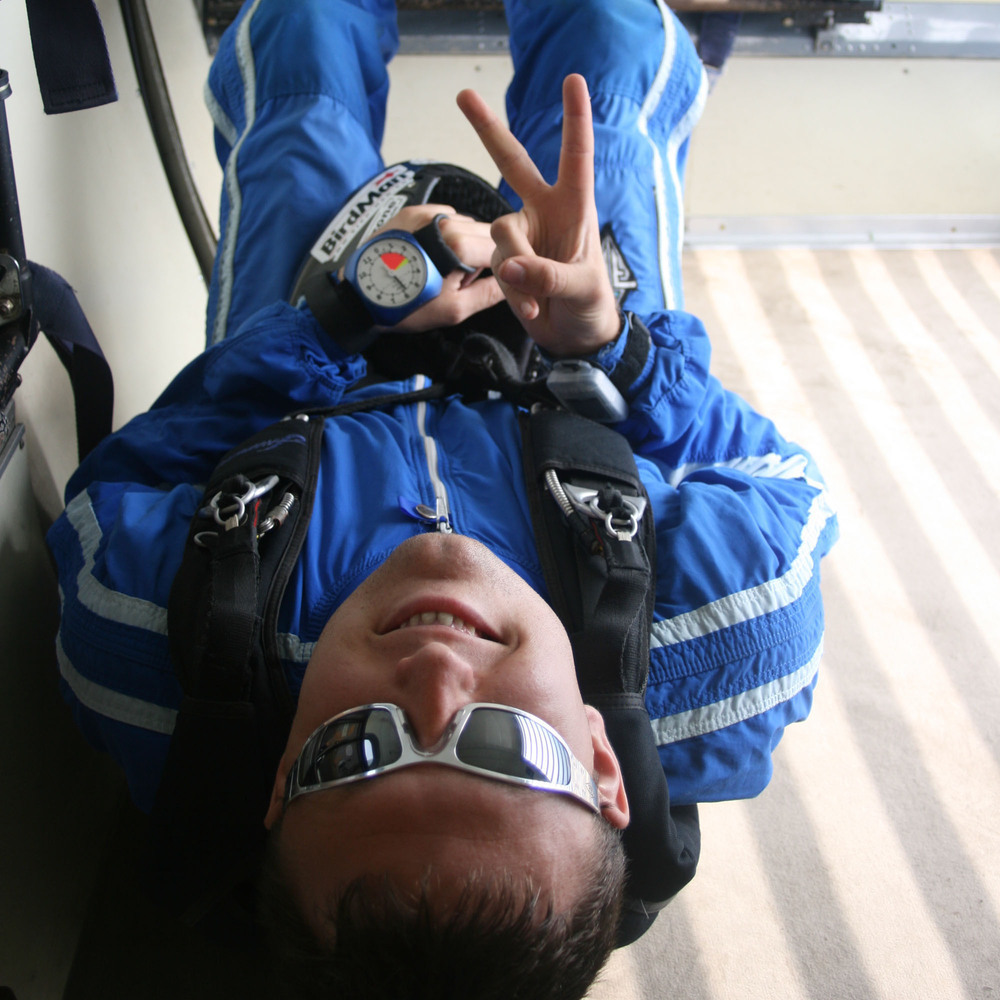Recommended Posts
riggerrob 558
>>>>>>>>>>>>>>>>>>>>>>>>>>>>>>>>>>
I suppose that works.
Most of the rest of the time, "vertical separation" is a fool's errand.
QuoteStaying on my back through their break off let me verify the camera flyer had a good canopy and that everyone had started tracking away.
>>>>>>>>>>>>>>>>>>>>>>>>>>>>>>>>>>
I suppose that works.
Most of the rest of the time, "vertical separation" is a fool's errand.
I tend to agree. Vertical separation is not separation. Should the top guy have a problem, then when he gets down to the low man, then both are going to have a problem. The fact that someone briefly sees a canopy does not mean that said canopy is truly open and flying.
Sorry, Phree, but we're not going to agree on this one.
D-18460
Canadian A-666
PhreeZone 15
I've talked to some of the video flyers that have done very large formations with multiple camera flyers and I know they are deploy over the top of the tracking jumpers and base. They use a combo of vertical seperation and sectoring to pull in the right order while the rest of the video continues to fall until their apointed time. On the JFTC jumps I am pretty sure that Norman stayed in the center after shooting it on his back. There are some shots I've seen from someone that filmed a very large formation from under that was able to capture each row tracking off and still showed the base above and a video.
Vertical seperation can work in the right situations (not even most, its very few it can work for), in fact it is recommended at almost every night jump to have staggered pull altitudes even in the same formation to avoid having groups tracking into each other in the darkness.
In my case if the top man took a delay from ~5000 with a canopy until my 2000 feet deployment there might have been bigger issues there. Luckly he hasn't had a cutaway for like 2500 jumps
And tomorrow is a mystery
Parachutemanuals.com
QuoteThis gets back to the arguement on tandem videos about if the video guy should track or not. Arguements go both ways on what to do if you are under deploying tandems if you should track away as they pull or if its better to stay where you are. Once a canopy is open a few seconds of canopy flight can make up a decent distance and can neglect any tracking on the video flyers part. Then again if the tandem ends up having a streamer they are falling stright back down right where they were. Spinners can toss them anywhere in the sky so tracking or not its a crap shoot as to where the tandem will be tossed out at. The good news is tandems are deploying at 5500 and most times video isn't until 3500 so thats a a lot of vertical seperation that is made up. And lots of time for the tandem to chop and pull their reserve.
It might seem like a lot of time/distance, but you'd be surprised. Phree, I don't know if you were even jumping yet at the time, but we had a near-incident with my dad flying video and James Nazar as a TM. James had a reeeallly long snivel (read: 2000+ feet), and passed the video guy after he had opened, resulting in a near-collision. Since it was a snivel and not a streamer, James held it for longer than normal, but the point here is that you never know what could happen, so it's better to put yourself in a location where the odds are better.
And yes, a wacky tandem spinner and/or the camera guy opening and heading back at the tandem could negate the benefit of the track, but the odds are much reduced. Basically, instead of having one thing go wrong (tandem has malfunction), you have to have at least two go wrong (tandem has malfunction AND cameraman has a 180 opening, or tandem has spinner AND happens to spin in just the wrong direction). Plus, any competent cameraman ought to be aware of his heading during deployment and will know if his opening rotated him back into the tandem, and can in most cases get the canopy turned back around.
100+ ways with multiple camera guys and multiple layers of breakoff are a special case... what's best practice on those dives is not necessarily applicable to anything else.




"Aber, ich wiess, das ich wiess nichts!"
Share this post
Link to post
Share on other sites